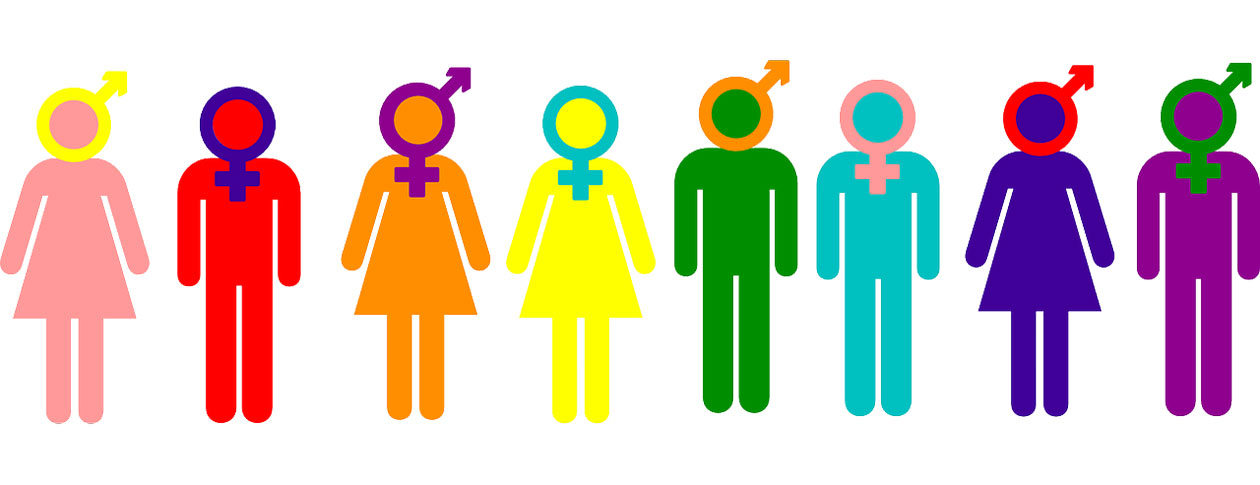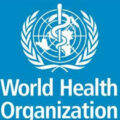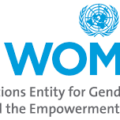What is sex?
Sex refers to a set of biological attributes in humans and animals. It is primarily associated with physical and physiological features including chromosomes, gene expression, hormone levels and function, and reproductive/sexual anatomy.
Sex is usually categorized as female or male but there is variation in the biological attributes that comprise sex and how those attributes are expressed.
What is gender?
Gender refers to the characteristics of women, men, girls and boys that are socially constructed. This includes norms, behaviors and roles associated with being a woman, man, girl or boy, as well as relationships with each other. As a social construct, gender varies from society to society and can change over time.
Gender is hierarchical and produces inequalities that intersect with other social and economic inequalities. Gender-based discrimination intersects with other factors of discrimination, such as ethnicity, socioeconomic status, disability, age, geographic location, gender identity and sexual orientation, among others. This is referred to as intersectionality.
How Many Genders Are There?
Gender identity is not confined to a binary (girl/woman, boy/man) nor is it static; it exists along a continuum and can change over time. There is considerable diversity in how individuals and groups understand, experience and express gender through the roles they take on, the expectations placed on them, relations with others and the complex ways that gender is institutionalized in society.
Generally, there are four different types of genders that apply to living and nonliving objects they include:
- Masculine
- Feminine
- Neuter
- Common
Gender interacts with but is different from sex, which refers to the different biological and physiological characteristics of females, males and intersex persons, such as chromosomes, hormones and reproductive organs. Gender and sex are related to but different from gender identity. Gender identity refers to a person’s deeply felt, internal and individual experience of gender, which may or may not correspond to the person’s physiology or designated sex at birth.
Gender influences people’s experience of and access to healthcare. The way that health services are organized and provided can either limit or enable a person’s access to healthcare information, support and services, and the outcome of those encounters. Health services should be affordable, accessible and acceptable to all, and they should be provided with quality, equity and dignity.
Gender Concepts
Gender Analysis is a methodology that both:
- Describes existing gender relations in a particular environment, ranging from within households or firms to a larger scale of community, ethnic group, or nation. It involves collecting and analyzing sex-disaggregated data and other qualitative and quantitative information.
- Organizes and interprets, in a systematic way, information about gender relations to make clear the importance of gender differences for achieving development objectives.
Gender Assessment: examines how a program or project addresses and responds to gender disparities and inequalities through its objectives, activities, and policies. It responds to two key questions:
- How will the different roles and status of women and men within the community, political sphere, workplace, and household affect the work to be undertaken?
- How will the anticipated results of the work affect women and men differently? And their relative status?
Gender Equity: is the process of being fair to women and men. To ensure fairness, measures must be taken to compensate for historical and social disadvantages that prevent women and men from operating on a level playing field.
Gender Equality: is the state or condition that affords women and men equal enjoyment of human rights, socially valued goods, opportunities, and resources.
Gender Integration: refers to strategies applied in program assessment, design, implementation, and evaluation to take gender norms into account and to compensate for gender-based inequalities.
Gender Mainstreaming: is the process of incorporating a gender perspective into policies, strategies, programs, project activities, and administrative functions, as well as into the institutional culture of an organization.
Gender Stereotypes: are ideas that people have on masculinity and femininity: what men and women of all generations should be like and are capable of doing. (e.g., girls should be obedient and cute, are allowed to cry, and boys are expected to be brave and not cry, women are better housekeepers and men are better with machines, or boys are better at mathematics and girls more suited to nursing).
Gender-Based Violence: is violence derived from gender norms and roles as well as from unequal power relations between women and men. Violence is specifically targeted against a person because of his or her gender, and it affects women disproportionately. It includes, but is not limited to, physical, sexual, and psychological harm (including intimidation, suffering, coercion, and/or deprivation of liberty within the family or within the general community). It includes violence perpetuated by the state.
Agency: is a person’s capacity to set goals and act on them. It may entail bargaining, negotiation, and resistance (Adapted from Naila Kabeer’s definition of agency).
Empowerment: refers to the expansion of people’s capacity to make and act upon decisions (agency) and to transform those decisions into desired outcomes, affecting all aspects of their lives, including decisions related to health. It entails overcoming socioeconomic and other power inequalities in a context where this ability was previously denied. Programmatic interventions often focus specifically on empowering women because of the inequalities in their socioeconomic status. (Adapted from Naila Kabeer’s and Ruth Alsop’s definition of empowerment.)
Homophobia: is the irrational fear of, aversion to, or discrimination against homosexuals or homosexual behavior or cultures. Homophobia also refers to self-loathing by homosexuals, as well as the fear of men or women who do not live up to society’s standards of what it is to be a “true man” or “true woman.”
Heterosexism: is the presumption that everyone is heterosexual and/or the belief that heterosexual people are naturally superior to homosexual and bisexual people.
Men’s Engagement: is a programmatic approach that involves men and boys;
(a) as clients and beneficiaries
(b) as partners and
(c) as agents of change, in actively promoting gender equality, women’s empowerment and the transformation of inequitable definitions of masculinity.
In the health context, this comprises engaging men and boys in addressing their own, and supporting their partners’ reproductive, sexual and other health needs. Men’s engagement also includes broader efforts to promote equality with respect to caregiving, fatherhood, and division of labor, and ending gender-based violence.
Sexual orientation: refers to one’s sexual or romantic attractions, and includes sexual identity, sexual behaviors and sexual desires.
Transgender: is an umbrella term referring to individuals who do not identify with the sex category assigned to them at birth or whose identity or behavior falls outside of stereotypical gender norms. The term “transgender” encompasses a diverse array of gender identities and expressions, including identities that fit within a female/male classification and those that do not. Transgender is not the same as intersex, which refers to biological variation in sex characteristics, including chromosomes, gonads and/or genitals that do not allow an individual to be distinctly identified as female/ male at birth.





